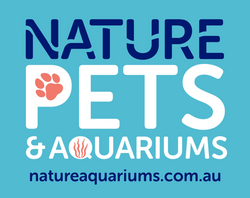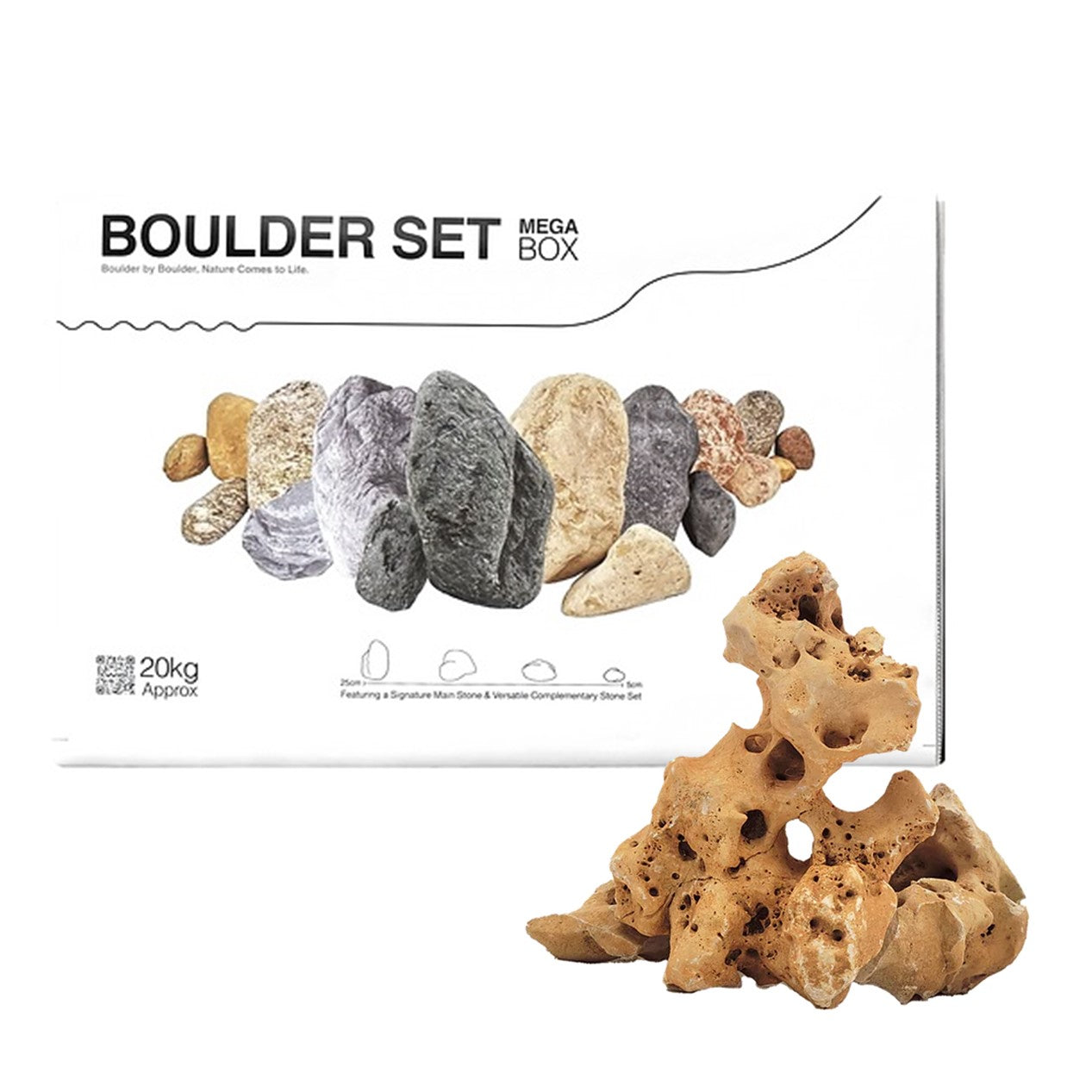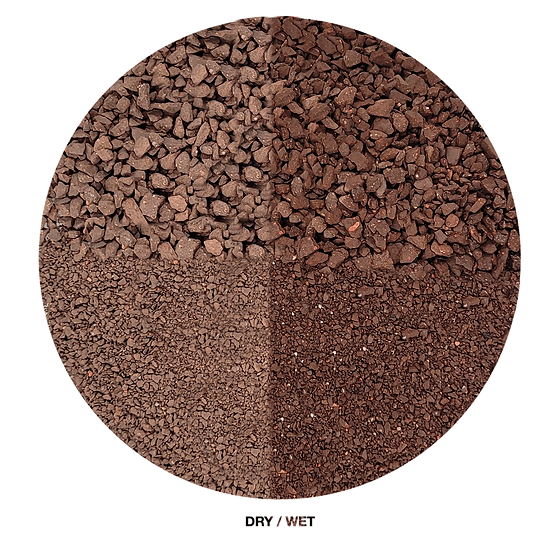

1. Planning Your Iwagumi Layout
Begin by envisioning the overall design of your aquascape. The Iwagumi style typically features an odd number of stones to maintain balance and avoid symmetry. Decide on the focal point and the arrangement of stones, keeping in mind the natural flow and harmony of the layout.

2. Selecting and Preparing WIO Jade Stones
WIO's Jade Stones are unique green-colored metamorphic rocks that add a fresh and distinctive look to aquascapes. Their singular color and shape make them ideal for Iwagumi layouts. Before placing them in the aquarium, rinse the stones thoroughly to remove any debris. For smaller details, WIO's Jade Nano Rocks can be used to create intricate accents and simulate natural landscapes.

3. Substrate and Hardscape Arrangement
Add a nutrient-rich substrate to support plant growth. Place the largest Jade Stone, known as the "Oyaishi" (main stone), at the focal point of the layout. Arrange the secondary stones ("Fukuishi") and tertiary stones ("Soeishi") around the main stone, ensuring a natural and harmonious composition. Use Jade Nano Rocks and WIO Accents to enhance fine details and create a cohesive look.



4. Substrate and Hardscape Arrangement
Choose low-growing plants to maintain the minimalist aesthetic of the Iwagumi style. Carpeting plants like Hemianthus callitrichoides (dwarf baby tears) or Eleocharis acicularis (dwarf hairgrass) are popular choices. Plant them densely around the stones to create a lush, green carpet that complements the Jade Stones.

5. Filling the Aquarium and Initial Maintenance
Fill the aquarium slowly to avoid disturbing the substrate and plantings. Use a plate or plastic sheet to diffuse the water flow. After filling, perform regular water changes to maintain water quality. Monitor the plants and trim them as needed to encourage healthy growth and maintain the desired aesthetic.

6. Ongoing Care and Enjoyment
Maintain a consistent lighting schedule and consider CO₂ supplementation to support plant health. Regularly check water parameters and adjust as necessary. With proper care, your Iwagumi aquascape featuring WIO's Jade Stones will thrive, providing a serene and captivating underwater landscape.
By following these steps and utilizing WIO's premium materials, you can create a stunning Iwagumi aquascape that embodies simplicity and natural beauty.

*Special thanks to WIO & Frank Koper, for his inspiring work and beautiful aquascape featured in this newspaper.













